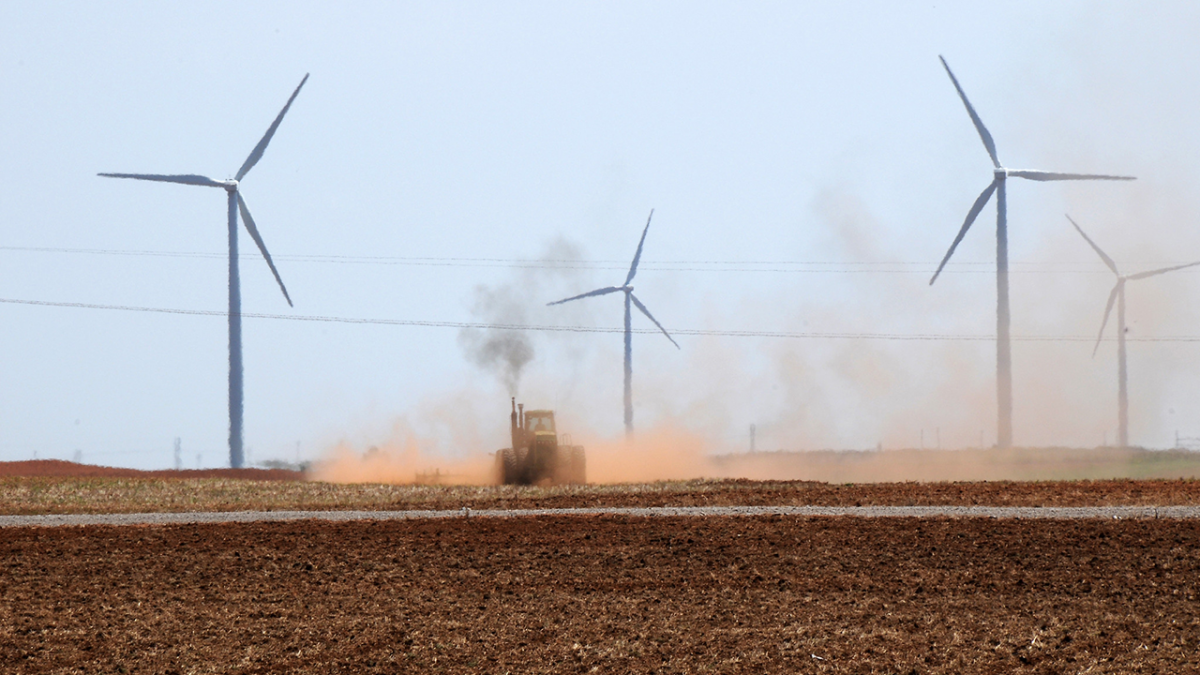USDA (Flickr/Public Domain)
This column was published by Nebraska Farmer in Jan. 4, 2022, and is excerpted here by permission.
Last month’s column looking at the road ahead for agricultural policy issues in 2022 took a broad view of fundamental challenges for agriculture, and long-run policy issues that would help frame those challenges. If we take a closer look at some current policy developments, we can see how some of the same issues for the long run will have impacts right now.
The fundamental challenges for agriculture boil down to the role and expectations for commercial agriculture for global food production, local food systems targeted to consumer demand, agriculture as a provider of bioenergy and renewable energy, and agriculture as the steward of the nation’s resources and provider of agro-ecosystem goods and services. Looking at the policy landscape for 2022, we can find pending issues in each of these challenge areas.
Commercial agriculture
The success and economic viability of commercial agriculture is dependent on an effective and stable policy framework, including the role, if any, for a farm bill safety net. For now, crop producers face another annual decision on enrollment in farm programs and the choice of the Agriculture Risk Coverage or Price Loss Coverage program.
Enrollment had swung away from ARC and toward PLC under the 2018 Farm Bill as the relative protection in the safety net shifted. However, higher prices at present for most farm program commodities means the expected protection in either program is minimal, meaning the bigger part of the safety net for 2022 is in the crop insurance program with protection tied to current prices.
That is also the picture looking forward to the 2023 Farm Bill and discussions that should start in early 2022. If prices remain stronger, the existing commodity program safety net will look relatively small, raising concerns about the need for changes, particularly with rising production costs.
However, the projections for higher prices that reduce the size of the program also reduce the budget baseline available to make any changes or to shift to other priorities. That could mean that the status quo — an extension of ARC and PLC — is the most plausible commodity policy option for the next farm bill.
On the other hand, higher commodity prices mean that federal support for crop insurance increases. July 2021 budget projections from the Congressional Budget Office (CBO) pegged commodity program costs at about $6 billion per year over the next 10 years, while crop insurance programs were projected at $9.6 billion per year, reinforcing the outlook that crop insurance has become the most significant part of the federal farm income safety net. That also means crop insurance could be the primary target for any budget cuts or spending shifts in the next farm bill.
